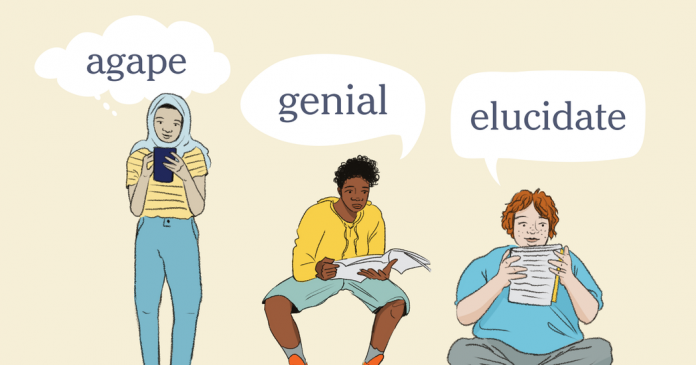Another lens through which to look at language? The Times’s Upshot team used data analysis to create the interactive “The Words Men and Women Use When They Write About Love,” pictured above. It mines the language of four years of Modern Love essays. What questions does it raise for you?
You can see graphs the team has done on topics as varied as “The Rise of ‘Middle Class’ as an Ordinary American Term,” “The Word Choices That Explain Why Jane Austen Endures, and the language The Times has used since 1860 to describe newcomers to America. You can also read data analysis of topics related to language and culture, including the words used in job listings and how we described our mental health on social media in 2020.
As you explore these analyses, you might borrow the protocol we use in our weekly What’s Going On in This Graph? feature. Ask yourself:
What do I notice?
What do I wonder?
When you’re done, ask yourself, Is there something interesting I’ve observed about language and language patterns that could be useful to explore using data analysis, perhaps via tools like Google Trends or the Google Books Ngram Viewer? What and why? How could you present your findings visually?
14. Understand the relationship between language and culture — and have your say.
Language changes all the time, and, in turn, changes us. Word choice matters. It could be as relatively small as scientists calling for less sensational ways of describing human encounters with sharks. It could be as big as a deep rethinking of the language we use to talk about gender, sexuality or race. From the various examples we’ve given above, you can see that significant social, cultural and political changes in our society can’t help but affect the language we use. And thanks to the internet, those changes are happening faster than ever before.
If you are a regular reader of The Times, you can track these conversations in real time. For example, in 2020 the paper announced that, after conversations that began in earnest after the death of George Floyd and subsequent protests, The Times would begin capitalizing “Black” when describing people and cultures of African origin. Nearly 800 readers commented on the change, some supporting it, others rejecting it and many offering nuanced reasons for their opinions.
You can find pieces that touch on language and its relationship to culture in sections across the paper, including Politics, Sports, Style and Food. If you want just one recent example, however, we recommend the Aug., 2021 piece by the linguist John McWhorter exploring “How ‘Woke’ Became an Insult.” After tracing how and why its meaning has morphed, he writes:
A mature societal take on language will understand that words are not simply what they mean in something called the dictionary and that words referring to issues societal or controversial — i.e., the interesting ones — will often need replacement about once a generation.
Finally, and most important, we invite you to become a part of the conversation, too. The Learning Network’s daily Student Opinion question often focuses on issues of language, culture and politics, and gives young people a dedicated place to have their say.
Here are just a few of the questions we’ve asked recently. Post your thoughts in the comments section for each — and read and respond to what other teenagers have contributed:









